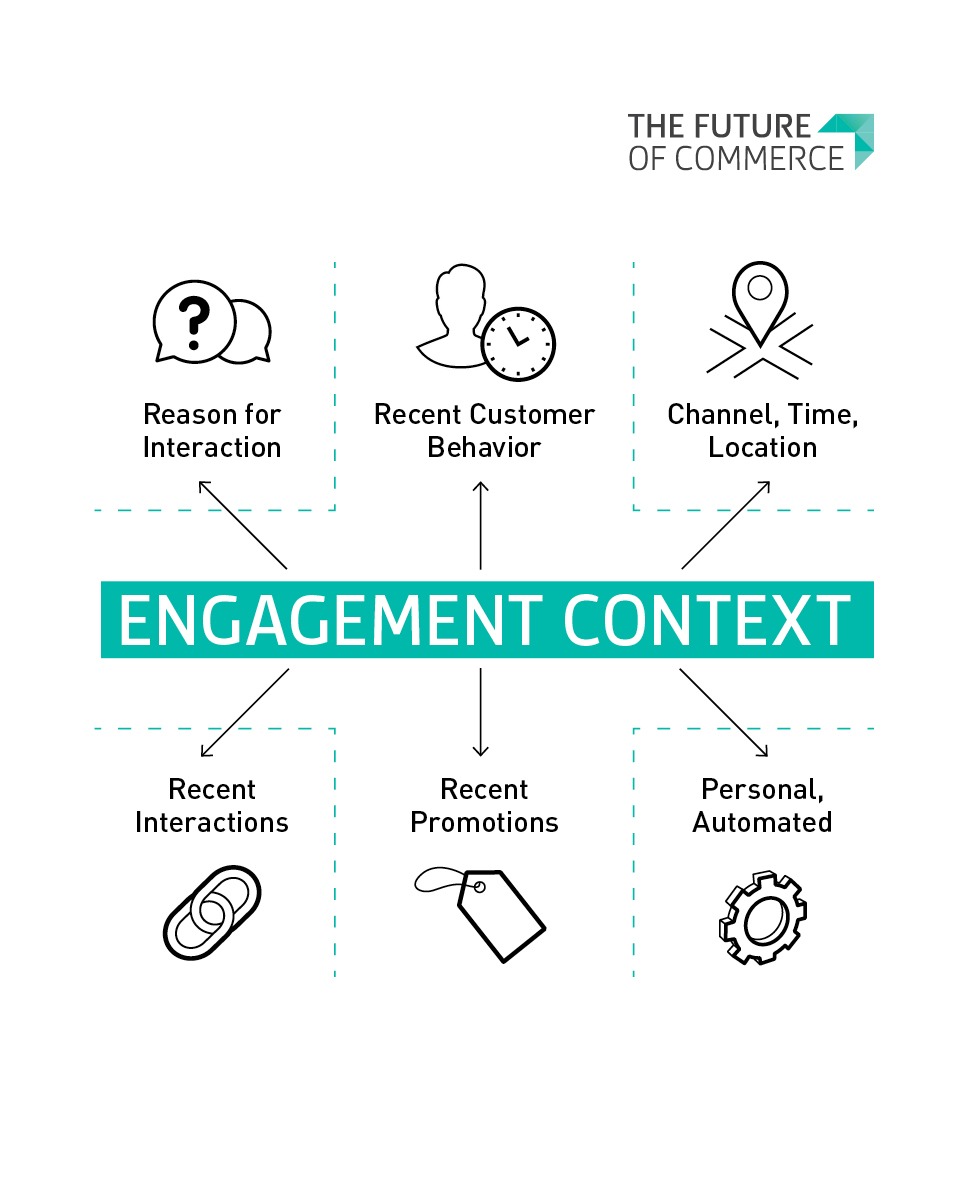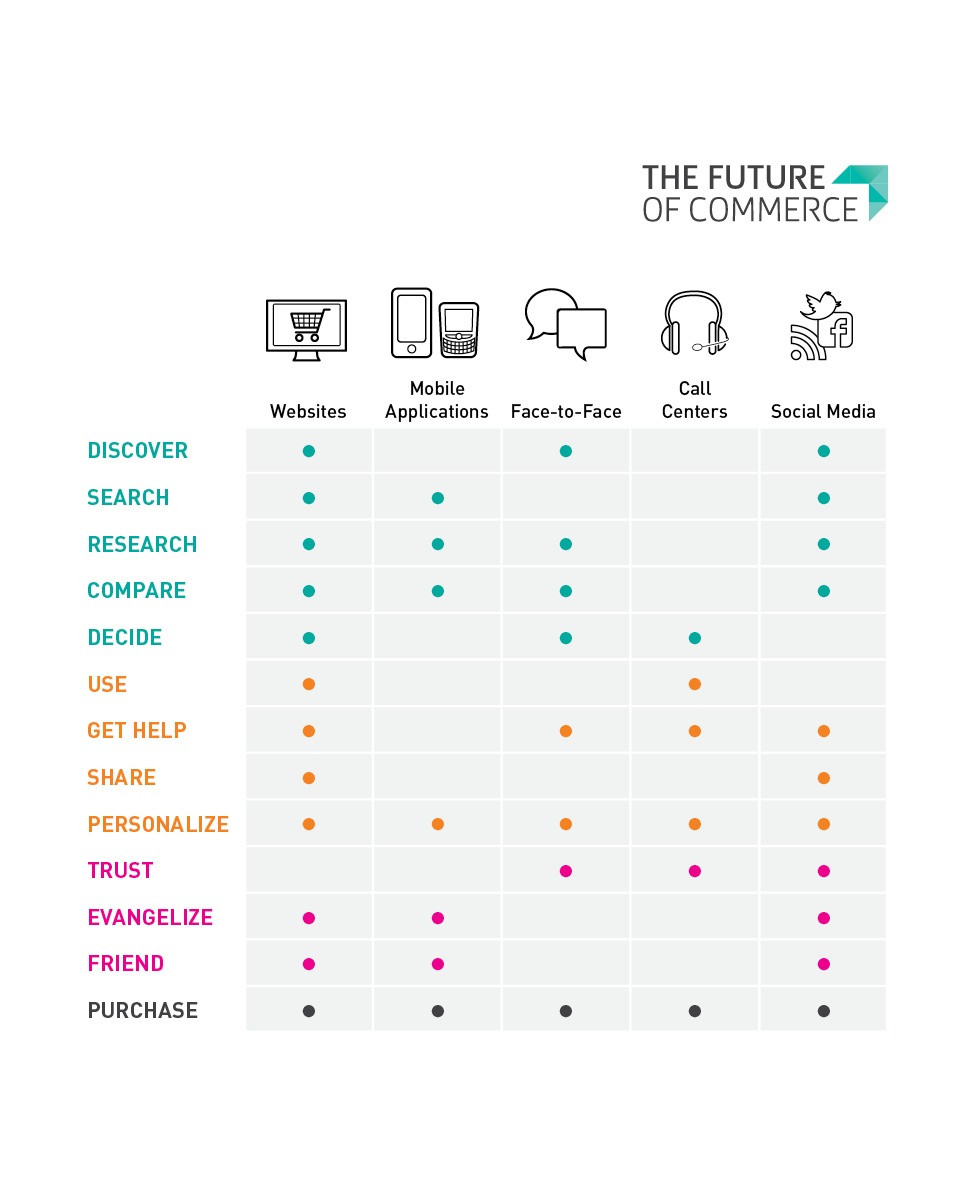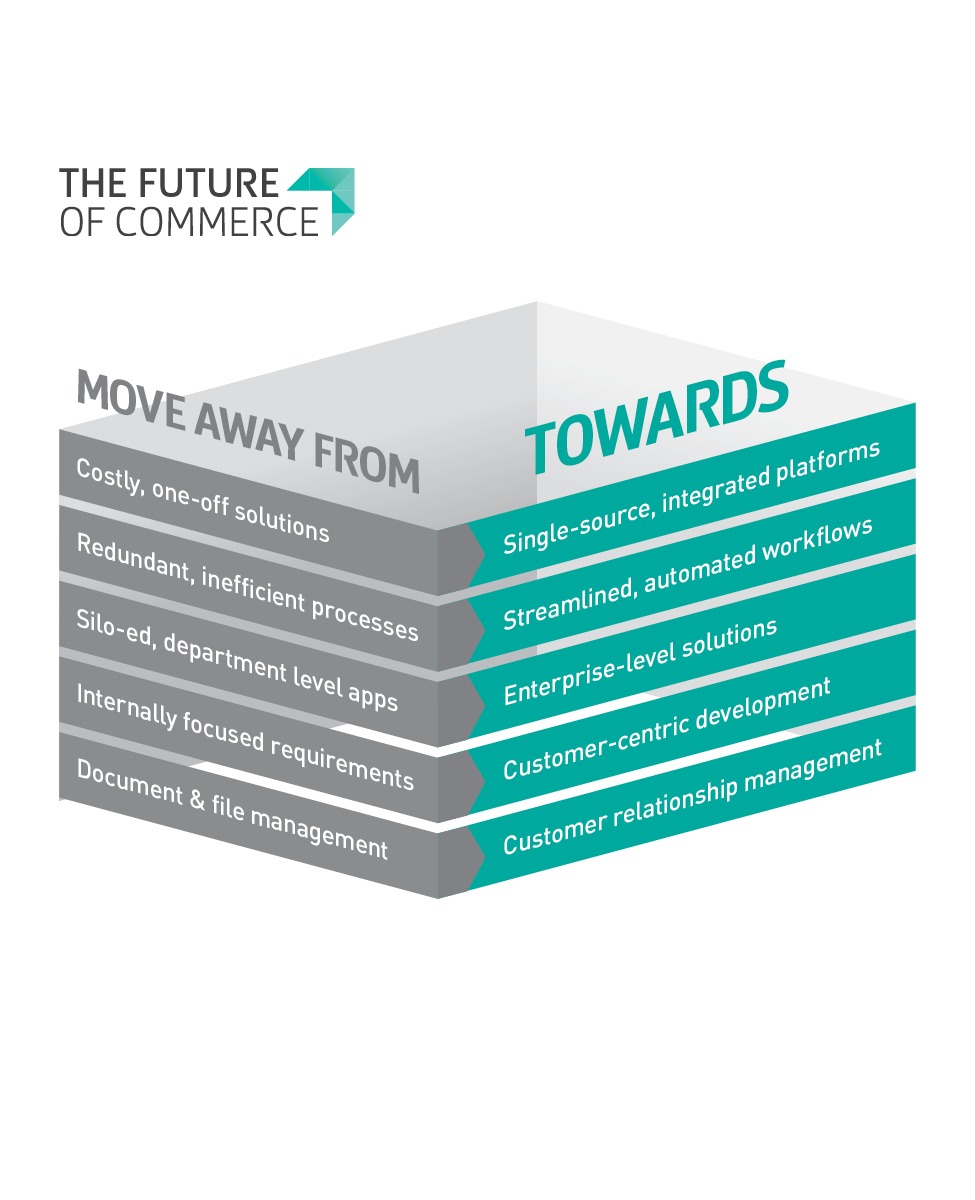At the start of any e-commerce initiative, an online retailer needs to determine how to engage customers in a way that increases sales, builds the brand and boosts customer satisfaction. Increasingly, this is an exercise in complexity management and data coordination. And what, exactly, does “engagement” mean?
Quite simply, engagement is the emotional response to a customer’s overall experience with a brand.
Therefore, every retailer’s goal should be to increase positive responses and remove any sources of frustration, delay, or unnecessary steps. Meeting that goal requires delivering omnichannel experiences.
Omnichannel vs. multichannel 2024: What’s the difference and who is doing it?
 Most retailers are now multichannel, where they sell their products across more than one channel. Very few, however, are truly omnichannel. Discover what it means to be considered an omnichannel business.
Most retailers are now multichannel, where they sell their products across more than one channel. Very few, however, are truly omnichannel. Discover what it means to be considered an omnichannel business.
Omnichannel universe: The marriage of engagement and technology
The omnichannel experience is driven by the available technology. How well retailers provide consistency across touchpoints depends on the platform and its features and limitations.
For instance – you may know that 75% of your promotional emails are read on mobile devices. Does your platform make it easy to automate the design of these messages for a mobile-first experience? Or is it a custom job every time? How easy it is to set up feedback loops and analyze uplift?
Then, once your promotional emails are opened, do you have the ability to create and publish landing pages and AB-test them on the fly? What if, for your brand, the key to a successful initiative is the ability to increase average order value by offering relevant, high-converting recommendations? Does your platform integrate well with third-party recommendation services?
Another big improvement can come from the ability to effectively segment and target potential customers in real time. Based on criteria like where the site visitor came from and whether they were referred by marketing, a newsletter or search, and whether they purchased from you before, you could offer customized online experiences that increase the chances for a new customer or repeat purchase.
Active segmentation of visitors to your online store is a powerful way to engage the customer by providing a more or less personalized experience. This in turn has direct impact on AOV and customer satisfaction.
Depending on the platform capabilities, an e-commerce manager can build and modify segments of site visitors and direct them to the appropriate categories, landing pages, promotions or personalized recommendations.
Speaking of personalization, this is another powerful engagement tool. Sometimes even a simple, personalized welcome message with your customer’s name can go a long way. Sophisticated, personalized promotions with customer-specific landing pages that feature a specially selected product catalog can also be very effective.
Personalization strategy: 6 must-haves for revenue-driving engagement
 Discover how today’s most successful brands build an omnichannel personalization strategy that drives growth and revenue.
Discover how today’s most successful brands build an omnichannel personalization strategy that drives growth and revenue.
In the omnichannel universe, context is king
Context plays a key role in customer engagement. No matter how or when the customer enters the engagement cycle, be it through direct traffic to a website, search results or even social media, setting up detailed feedback systems and monitoring for opportunities to improve and refine the experience is crucial.
You must continuously run uplift analysis, especially when there are significant campaign and promotion activities.
 Here is graphic representation of a 2012 Forrester Consulting study commissioned by Sitecore, which gives us a good idea about the complexity and challenges of multi-channel customer engagement:
Here is graphic representation of a 2012 Forrester Consulting study commissioned by Sitecore, which gives us a good idea about the complexity and challenges of multi-channel customer engagement:
 Barriers to a unified customer experience
Barriers to a unified customer experience
Often, despite the best of intentions, retailers are simply not in a position to change fast enough. There are organizational as well as technical barriers to providing consistent customer engagement.
Reasons for that include:
- Communication platforms: Often these are channel specific and designed to handle large volumes of data with limited customization and integration capabilities.
- Organizational silos & disparate technologies: They make it difficult to capture meaningful customer insights and then integrate and use these insights in everyday engagement.
- Friction between business & IT: This often increases the time to market and reduces focus and flexibility.
- General lack of customer visibility & insight: Customer connections throughout the enterprise are un-coordinated, leading to duplicate, non-relevant, or untimely messages, which generally erodes trust and increases opt-outs.
The infographic below, while more of a starting point than a definitive list, can help your organization better understand how an incremental approach can drive engagement and create a universe for your consumers where each and every touchpoint delights them—and, with a little luck and a lot of data—drives more positive impact on your bottom line.

The friction is REAL when it comes to the modern buyer’s journey.
Fortunately, there’s an omnichannel solution. Download the report NOW.
 Most retailers are now multichannel, where they sell their products across more than one channel. Very few, however, are truly omnichannel. Discover what it means to be considered an omnichannel business.
Most retailers are now multichannel, where they sell their products across more than one channel. Very few, however, are truly omnichannel. Discover what it means to be considered an omnichannel business.





